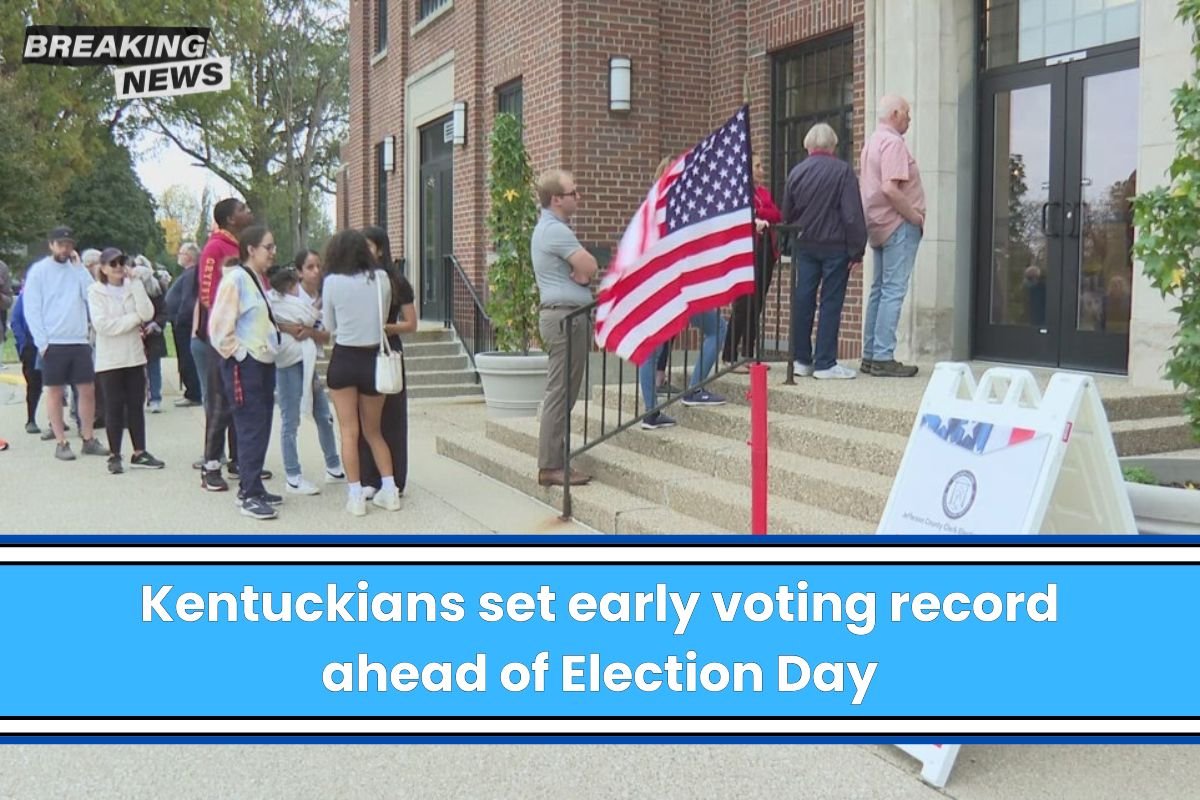In the United States, one of the biggest stores has chosen to stop taking damaged bills as of right now. You will have to be very careful with the dollar bills you give the checker from now on.
Walmart’s new store policy is not just a way to get people to sign up for credit cards. The attempt is actually part of a bigger plan to fight fake money. The U.S. Secret Service says there are a lot more fake bills in circulation in the U.S. economy.
In response, many shops have changed their rules so they can refuse to accept any damaged bills. It is harder to be sure that worn or broken notes are real, so Walmart has decided to play it safe and stop taking them all together.
There is nothing wrong with these old dollar bills; they are just regular bills that have seen better days. They look a little worn down and have lost some of their original features after being used a lot. They may be missing sides or have colors that have faded from being out in the weather.
If you have ever left a dollar bill in your pants pocket and then put them in the washer and dryer, that bill has been exposed to a lot of water, heat, and cleaning products like fabric softener and soap.
The poor dollar might lose some of its original traits after all that laundering, which would make it much harder to tell if it is real or fake.
These broken bills are still legal money, so you can take them to a bank even though Walmart will not take them.
They can be traded in for a younger bill of the same value by a bank teller who can make sure they are real. As customers, we should carefully look at the change we are making before we accept it.
Experts say that fake bills worth more than $70 million are being used all over the United States. This is not only bad for the security of the U.S. dollar, but it also puts regular people at risk of losing money because they might get fake money.
Starting right now, one of the most important US retailers has decided to stop accepting legal tender that is in damaged condition. From now on, Walmart will be quite picky about the dollar bills you hand over to the cashier.

Walmart’s new store policy isn’t a marketing ploy to push customers into signing up for credit cards. It is, in fact, part of a broader effort to tackle counterfeit currency.
The U.S. Secret Service reports a sharp rise in fake bills circulating in the U.S. economy, and many stores are responding by introducing a new policy: they can now refuse any damaged bills.
Since worn or damaged notes are harder to confirm as real, Walmart has chosen to play it safe and stop accepting them altogether.
These worn-out dollar bills, often called “mutilated,” are just regular bills that have seen better days. After plenty of use, they’ve lost some of their original features and look a bit battered. They might be missing corners or have faded colors from being exposed to the elements.
If you’ve ever left a dollar bill in the pocket of your pants, only for it to go through the washing machine and dryer, that bill has been exposed to high levels of moisture, heat, and cleaning agents like detergent and fabric softener.
After all that accidental laundering, the poor dollar might lose some of its original qualities, making it much harder to verify whether it’s real or counterfeit.
Though Walmart won’t accept these damaged bills, they’re still legal currency and can be brought to a bank. A bank teller can verify them as authentic and exchange them for a newer bill of the same value. As consumers, it’s wise to examine our change closely before accepting it.
Experts estimate there’s over $70 million in counterfeit bills circulating in the United States alone. This isn’t only a threat to the stability of the U.S. currency—it also puts everyday people at financial risk, as they could unknowingly end up with fake cash.
How can I tell if a bill is counterfeit?
It is normal to be a little wary of the bills in your wallet after hearing about all the fake money out there. Lucky for us, the Bureau of Engraving and Printing (BEP) has made sure that every U.S. dollar bill is unique so that they can be easily identified. To tell the difference between a real and a fake bill, look for these signs:
What is it made of? Real dollar bills have a unique feel because they are written on a cotton-linen blend. If the bill feels too smooth or does not have any roughness, it might not be real.
What’s the watermark like?: Real bills have a watermark that can be seen on both sides. It is possible that the bill is fake if the watermark is missing or does not line up exactly with the portrait on either side.
Check for the security thread: Larger bills, like the $5 bill and up, have a security thread that runs vertically through the paper and is marked with the letters USA. Because this is hard to copy, a lot of fake bills (often written over bleached $1 bills) do not have it.
Inspect the ink: Bills that are real have ink that changes colors depending on how the light hits it. The ink changes from copper to green. Fake bills have a hard time copying this one-of-a-kind feature.
Check the serial numbers: The serial numbers on fake bills often do not line up or are too far apart. It is possible that the bill is fake if the numbers look crooked or off-center.
Pay attention to the details: Real bills have fine text microprinted around the edges. That the text on the bill is unclear or skewed is a strong sign that it might not be real.















Leave a Reply